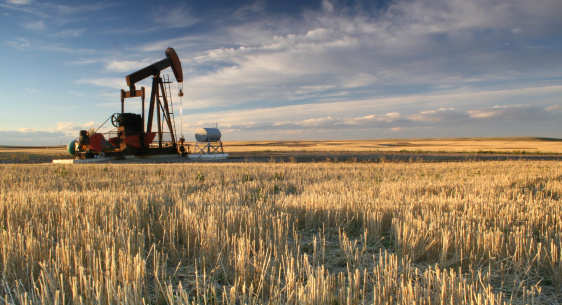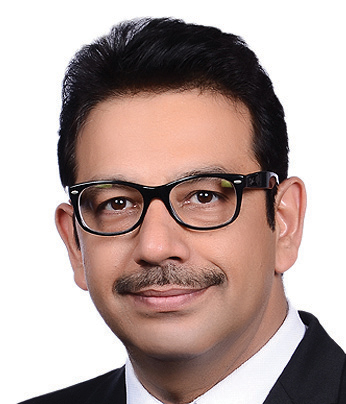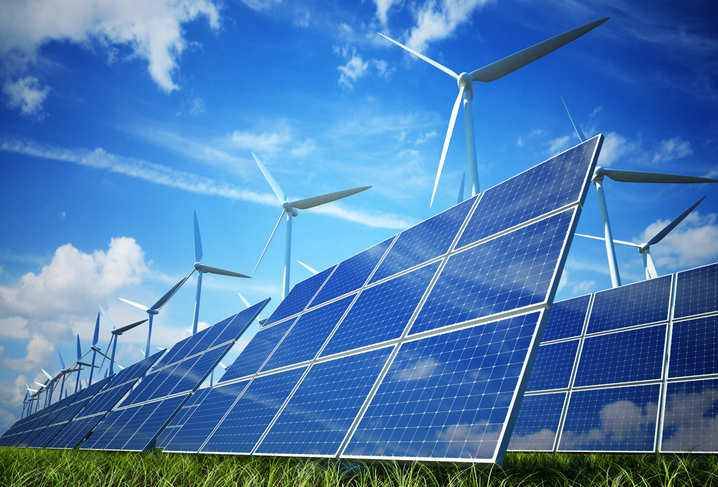
April 18
Use of kerosene, diesel falls, LPG consumption rises on clean energy drive
New Delhi: India’s fossil fuel consumption trend is suggesting a shift away from inefficient and highly polluting use of hydrocarbons, as a result of efforts to move towards a less-carbon-intensive economy.
Consumption of kerosene, used primarily for lighting and cooking purposes in rural areas, has dropped by a sharp 21% in 2016-17 from a year ago to 5.3 million tonnes, aided by greater use of cleaner liquefied petroleum gas (LPG) for cooking and coverage of more villages under the rural electrification programme, as per data from Petroleum Planning and Analysis Cell, an arm of the oil ministry.
In the same period, consumption of LPG jumped 9.8% to 21.5 million tonnes, supported by a nationwide drive to boost consumption of clean cooking fuel. In 2016-17, state-owned fuel retailers Indian Oil Corp. (IOC), Bharat Petroleum Corp. and Hindustan Petroleum Corp. issued a total 3.25 crore new connections, the highest number of connections given in any year ever. The number included the 2 crore connections given under the “LPG-for poor women” scheme, the Pradhan Mantri Ujjwala Yojana.
The Central government has been encouraging states to cut down their kerosene use in line with progress in village electrification and LPG penetration as it is widely believed that a large part of kerosene meant to be distributed through state public distribution system is diverted for adulteration of diesel.
The data showed that consumption of diesel, which, apart from as a transportation fuel, is used in power generation sets by businesses and commercial enterprises, grew at a modest pace of 1.8% in 2016-17 to 76 million tonnes compared to a 7.5% growth in the previous 12 months, as the country added more renewable power capacity.
India added 5,526 MW of new solar capacity in 2016-17, up 83% from a year ago. Addition in wind power capacity in the same period was 5,400 MW, 63% more than what was achieved a year ago.
A draft five-year electricity plan brought out by the Central Electricity Authority (CEA), a federal statutory body, last December said that the share of non-fossil fuels in India’s sources of electricity will reach 46.8% by 2021-22. This projection suggests the country could improve upon its climate change goal of generating 40% of electricity from non-fossil fuels by 2030—the intended nationally determined contribution, a commitment made at the UN framework convention on climate change in Paris last December.
Indian Oil Corp. chairman B. Ashok said that the growth rate in diesel should be seen in the context of its high base—three times that of petrol. Ashok said that every class of fuel has scope for growth in line with the country’s economic growth rate and rising energy requirement.
Petrol consumption grew 8.7% during the year under review to 23.7 million tonnes and jet fuel by 12% to 7 million tonnes. Gas consumption during the period grew to 8.7% to 50.7 billion cubic metres.






